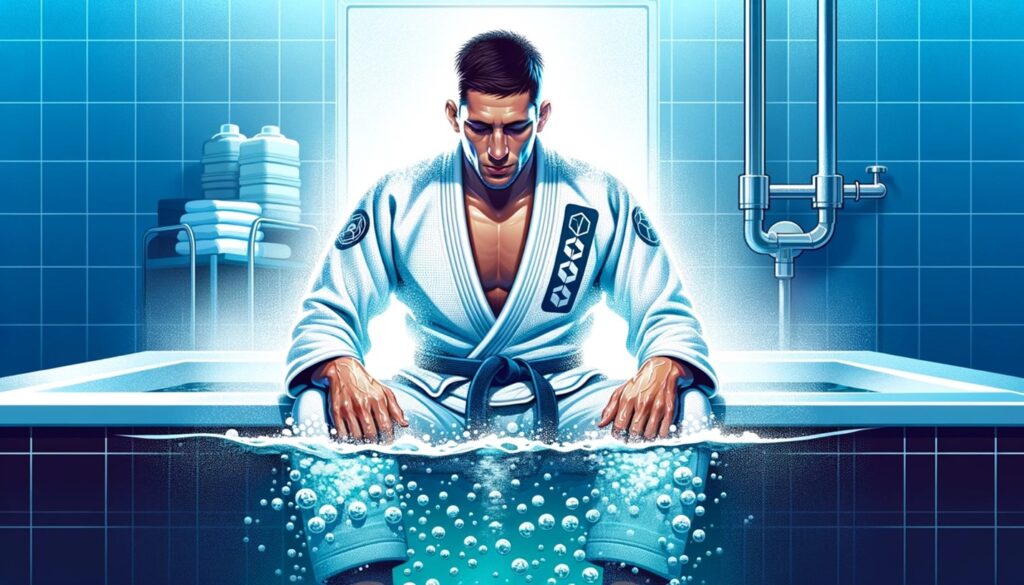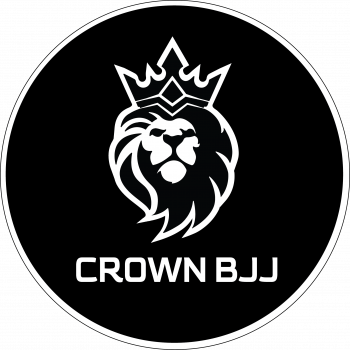Exploring Cold Therapy
Cold therapy, also known as cryotherapy, is a technique that has been gaining popularity among athletes, including those practicing Brazilian Jiu-Jitsu. This method typically involves the use of ice baths, cold showers, or other forms of cold exposure to aid in recovery and improve overall performance. Let’s dive into how cold therapy benefits BJJ athletes and how it can be effectively implemented in their training regimen.

Reducing Inflammation and Accelerating Recovery
One of the primary benefits of cold therapy is its ability to reduce inflammation and muscle soreness, commonly experienced after intense BJJ sessions. When the body is exposed to cold temperatures, it undergoes vasoconstriction, the narrowing of blood vessels. This response decreases blood flow to areas of inflammation, significantly reducing swelling and pain. Additionally, once the body returns to normal temperature, the subsequent vasodilation (widening of blood vessels) helps in flushing out metabolic waste from the muscles, thus accelerating the recovery process.
Enhancing Mental Toughness and Focus
Cold therapy isn’t just about physical recovery; it also challenges and strengthens the mind. The initial shock of cold exposure requires mental fortitude and resilience, qualities essential for a BJJ practitioner. Regular cold therapy sessions can help athletes develop a stronger mental approach, improving their ability to stay calm and focused under pressure, a crucial skill on the mats.
Implementation in BJJ Training
To incorporate cold therapy into a BJJ training routine, athletes can start with cold showers after training sessions, gradually progressing to ice baths as their tolerance increases. It’s important to limit the exposure to cold initially, with sessions lasting no more than a few minutes, and to listen to the body’s response to these treatments.
Precautions and Contraindications
While cold therapy offers several benefits, it’s essential to approach it with caution. Athletes with certain medical conditions, such as cardiovascular issues, should consult a healthcare professional before starting cold therapy. It’s also important to ensure that the body is not overly fatigued or dehydrated before undertaking any form of cold therapy.
Combining Sauna and Cold Therapy for Optimal Recovery
Using sauna and cold therapy in tandem can provide a comprehensive recovery experience for BJJ athletes. Known as contrast therapy, alternating between hot and cold temperatures can enhance circulation, reduce muscle soreness, and improve overall recovery efficiency. When practicing contrast therapy, it’s generally recommended to start with the sauna, followed by the cold therapy, and repeat the cycle several times. Each cycle should last a few minutes, with the total session not exceeding 30 minutes.
This approach not only benefits the physical body but also provides a mental challenge, boosting the athlete’s ability to adapt to changing conditions. Integrating both sauna and cold therapy into the recovery process can lead to noticeable improvements in performance, resilience, and overall well-being.
